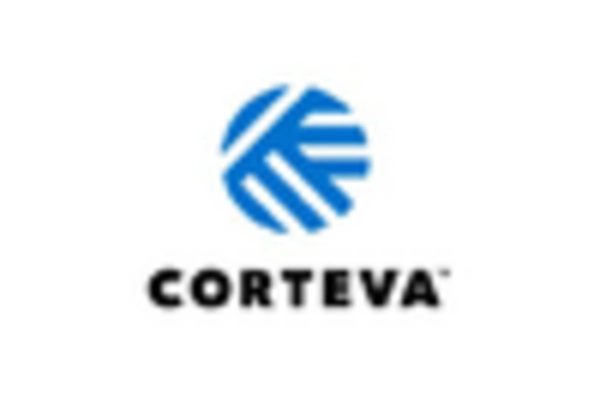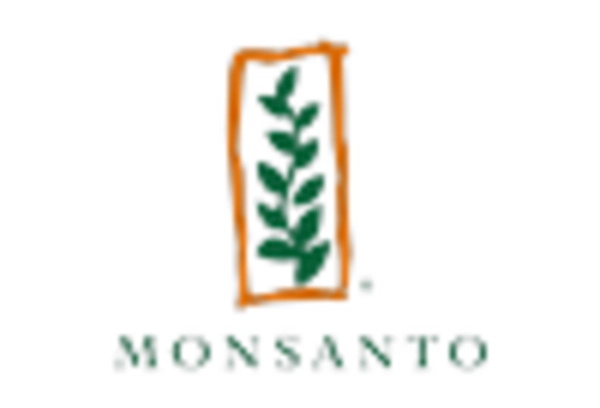The Global Sorghum Seeds for Sowing Market is characterized by a complex landscape of competition among various key players, each attempting to leverage their unique strengths to capture market share. This market, essential for agricultural sustainability and food security, thrives on innovations aimed at improving crop yield and resistance to adverse environmental conditions.
The increasing demand for sorghum, driven by its applicability in animal feed, biofuel production, and as a cereal grain for human consumption, has heightened competitive intensity. Factors such as technological advancements in seed genetics and breeding techniques, alongside strategic partnerships and mergers, play critical roles in shaping the competitive dynamics of this market.
As sustainability and climate adaptation become increasingly important, companies must align their offerings with emerging consumer preferences and regulatory requirements.
Corteva Agriscience has established itself as a formidable player in the Global Sorghum Seeds for Sowing Market by focusing heavily on research and development. The company's significant investment in seed technology has enabled the development of high-yielding and drought-resistant sorghum seeds that cater to varying climatic conditions, making them particularly attractive to farmers operating in regions susceptible to climate variability.
Corteva's robust distribution network enhances its market presence, ensuring that its innovative seed solutions reach a vast customer base effectively. The company's commitment to sustainability and environmental stewardship further strengthens its brand reputation among consumers increasingly mindful of their ecological footprint.
Additionally, Corteva's strong relationships with agricultural extension services and cooperatives empower it to provide comprehensive support to farmers, thereby enhancing customer loyalty and market penetration.
BASF SE is another key contributor to the Global Sorghum Seeds for Sowing Market, leveraging its extensive experience in agricultural solutions. The company has positioned itself as a leader in developing advanced genetic traits that increase sorghum productivity while focusing on crop protection solutions that complement its seed offerings.
BASF's emphasis on sustainable agriculture drives its research agenda, resulting in the formulation of environmentally friendly products that cater to modern farming practices. The corporation's global reach is facilitated by its strategic partnerships and collaborations, which enhance its ability to innovate and respond swiftly to market demands.
BASF's strong commitment to safety and regulatory compliance further adds to its credibility within the agricultural sector. This approach not only secures its existing customer base but also attracts new clients seeking reliable and effective sorghum seed solutions to address the challenges of food production and security.


















Leave a Comment